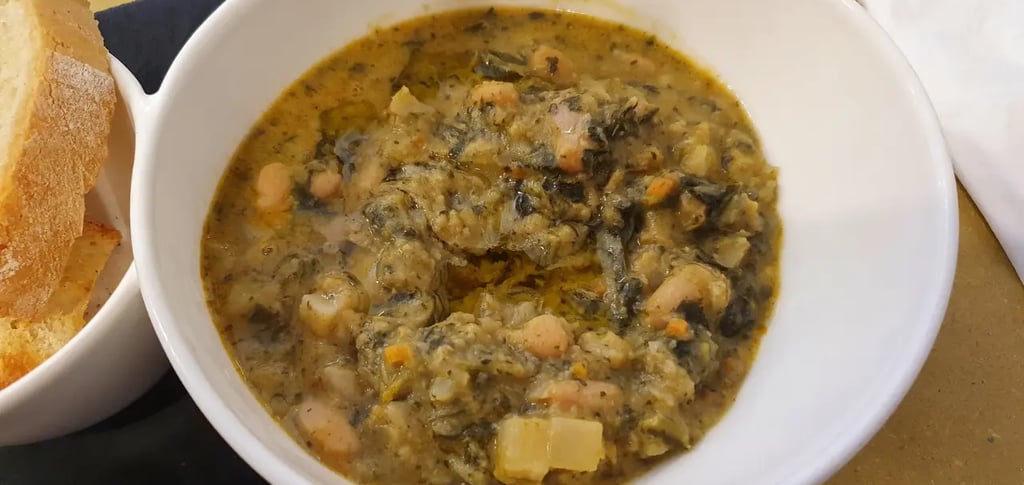Ribollita: Tuscany’s Reboiled Bowl of Comfort
Packed with beans, greens, and bread, this hearty Tuscan classic proves that slow cooking and simple ingredients make the richest flavors.
TOSCANAFOOD


Thick, hearty, and bursting with the flavors of the Tuscan countryside, ribollita is the kind of soup that seems to warm you twice—first when you eat it, and again when you remember it later. Born from humble ingredients and peasant wisdom, it’s proof that the simplest food can be the most comforting.
History and Origins:
Its name, ribollita, is the Italian for “reboiled” and describes the old-fashioned method of preparing the soup. Out in the Tuscan countryside, the vegetable and bean soup with cavolo nero (black cabbage) and any other in-season greens would have had the soup thickened with stale breads. Leftovers were reboiled—now and then for two or even three days—allowing the flavors to ripen. “Second boiling” developed the hearty, country-style nature of the soup. A cucina povera dish, not created for extravagance but for sustenance and economy.
Ingredients and Preparation:
The traditional recipe begins with cannellini beans, black and savoy cabbage, carrots, celery, onions, and potatoes. Everything is slowly simmered until soft, and topped with layers of sliced day-old Tuscan bread. The soup rests, and after being re-warmed, serves—thicker and tastier with each boiling. A sprinkle of fine Tuscan extra virgin olive oil is a must, and on occasion, a sprinkling of chili for a pinch of heat.
Where to Try It:
In Florence, Trattoria Mario serves ribollita the old-fashioned way, with bread so soft it melts into the broth. In Siena, Osteria Le Logge offers a refined version without losing its rustic soul. Many agriturismi in the Tuscan countryside serve ribollita in winter, especially after the olive harvest when new oil is fresh and peppery.
Conclusion:
Ribollita is more than a soup; it's a spoonful of Tuscan tradition in the purest sense, a reminder that simple food requires no extravagance but foresight, attention, and the proper bread with which to soak the soup.
